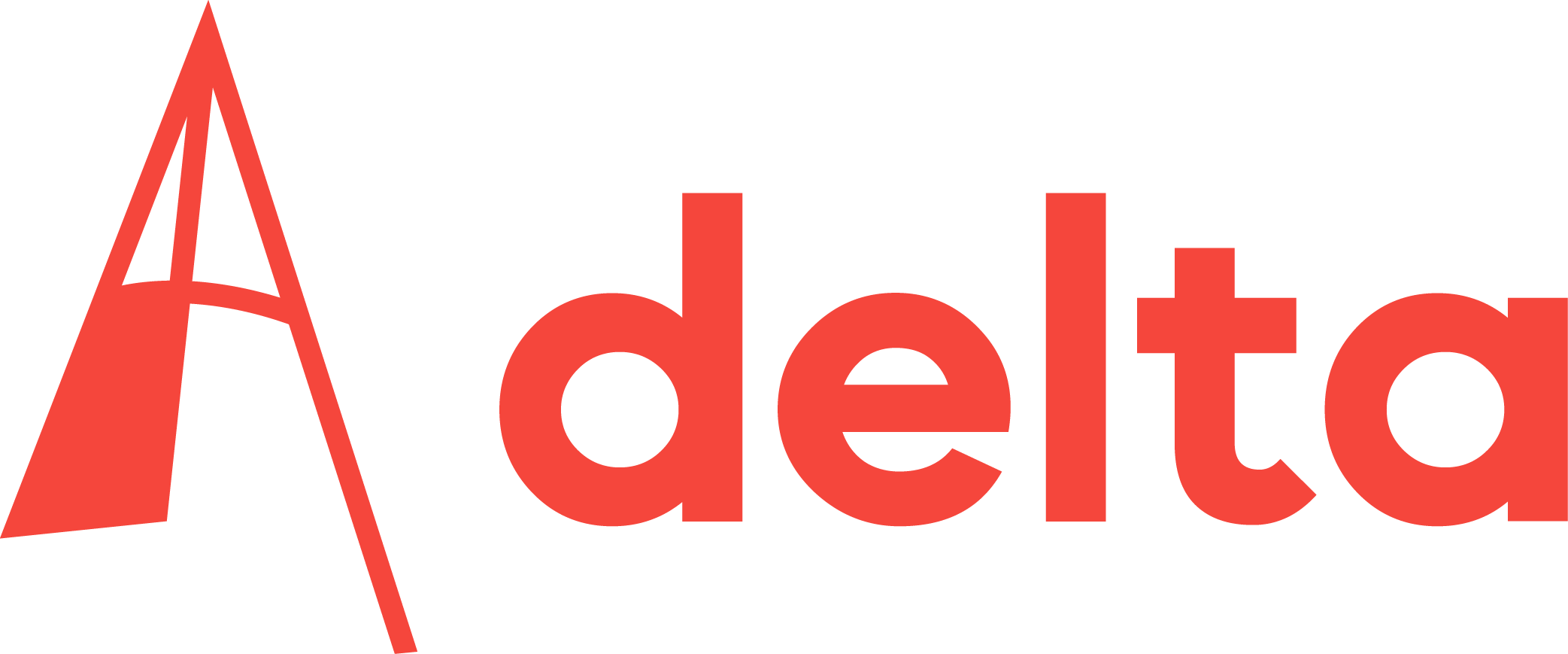How better to grasp the dynamics of a flying airplane than to actually experience them? Dozens of students went up in the air in recent weeks with the TU Delft research airplane.
Van Gogh
Professor Joris Dik (3mE) did it again. Once more his advanced x-ray technology unveiled an underlying image in a painting which enabled experts to attribute the work to a famous master.
Two new research projects at the PV research group aim to improve the efficiency and stability of thin film solar cells. Professor Miro Zeman aims for 14 percent long-term efficiency. The group received grants totaling 750,000 euro.
> The excessive use of the terms ‘scientific’ and ‘scientifically proven’ for commercial purposes results in the erosion of these terms. > ‘Monolithic Scintillators’, PhD-thesis by Herman van Dam (Faculty of Applied Sciences) Geen betere plek voor een goed kiekje dan een zomers terras – of beter nog: het strand. Kan natuurlijk prima met je…
Name: Kirsten Henken
Nationality: Dutch
Supervisors: Professor Jenny Dankelman, Dr John van den Dobbelsteen
Subject: Force and shape estimation in steerable needles
Thesis defence: In two years
“We are trying to develop a robot that is able to take a biopsy in the liver, while the patient is in the MRI scanner.
Singapore is the place to be for researchers from around the world, NRC Handelsblad reports.
While universities in many countries in Europe face cutbacks as a result of the economic crisis, according to NRC Handelsblad, Singapore is investing massively in science and technology.
Herman van Dam (faculty of Applied Sciences) investigated a new method to create a better image of cancer tumours and metastasis. By using a novel PET detector concept, doctors may see three times smaller tumours.
Vincent van Gogh’s drawings and paintings have significantly changed in appearance due to the degradation of dyes. Dr Jan van der Lubbe (EEMCS faculty) will try to reconstruct the old masterpieces.
Photon guide
A new nano waveguide dramatically increases the light yield from quantumdots. Because q-dots emit single photons in random directions, most of them never reach their destinations (mostly an optical fibre).

